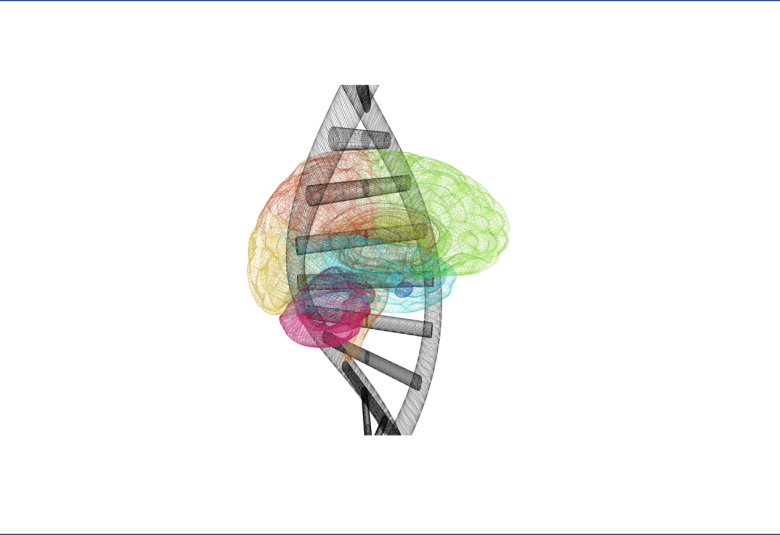MDS has for the first time chosen as its main conference theme a topic outside its main remit of movement disorders. Technology and all that it’s likely to entail in the future is a key part of this year’s congress. Love it or hate it – it’s here and it needs to be embraced quickly.
Already many if not most clinicians are using electronic health records (EHR) – databases of individual health records in which data are stored and organized. However, the potential of EHR is not yet being fully realized – but it will be and the potential is truly enormous Walter Maetzler, Germany, and MDS technology task force member reported. 1-3
Digital future in medicine
For example, the US has already dispersed $34 billion toward the promotion and purchase of EHR in the USA but with the provision that these come with certified Application Program Interfaces so that patients, developers and others can interact with the devices – upload or download data – in a standardized and predictable way. This has created a huge marketplace for developers to compete on value and quality of the apps they develop without having to manage the EHR itself.
Patient empowerment via EHR
A substantial paradigm shift towards patient empowerment through use of EHR has already begun but nations are taking different approaches.
A substantial paradigm shift towards patient empowerment through use of EHR has already begun
In the USA, EHR are likely to be patient-controlled. Not only will their health records be present but patients can correct errors, should be able to find others with the same condition and can use it as the nexus for patient-facing apps that are being used in their care and management, including participating in research initiatives and data sharing. 2
The UK has taken a slightly different approach and envisages EHR as a means of creating an equitable relationship between patient and clinic, and shared decisions making. Already, the National Health Service sees a future based on mobile technology communications and has a library of apps for use in the management of patients – only one of which is for a patient-controlled EHR. The EU has taken it a step further and envisages supporting patient care across country borders.
Other tools are available
Besides the use of electronic devices that can feed into EHR, other tools are available. Clinical data warehousing is a real-time data base for data mining which, in an ideal world will support clinicians’ decision making. Population health analytics take this a stage further by facilitating the digital prediction and prevention of chronic disease. Insurance companies are already offering customers discounts for healthy living assessed through use of wearable biomonitors.
And machine learning has shown remarkable success in diagnostic prediction in field in which human skill has up until now been needed e.g. the diagnosis of eye disease, and has been tested in the prediction of ON and OFF phases in PD, alerting patients to the need to adjust their medication.
So, the future is definitely digital. “It’s not ‘if’ but ‘when and how’, Dr Maetzler stated. And, as he explained in the future we need to think about not only ‘what’ but ‘why’.
The future is definitely digital. It’s not ‘if’ but ‘when and how’!
Behind schedule
Role of biometric monitoring devices has been proven to work well in other areas of medicine, the most advanced example to date being use of a subcutaneous blood glucose monitor in patients with diabetes. However, their development in the movement disorders field is behind expectations. Dr Maetzler proposed a number of reasons for this.
- Human movement is extremely complex compared to blood glucose monitoring
- Symptoms differ between home and clinic
- Symptoms differ between movement disorders
- Software need to be certified – and updates have to be re-certified which may hinder the development of updates
- ‘What’ is happening is usually measured; for algorithm development, the ‘why’ underlying the observed phenomenon needs to be understood.
Understanding the ‘why’ is going to be the next step in the digitization of medicine, Dr Maezler predicted.
Understanding the ‘why’ is going to be the next step in the digitization of medicine
Continuous monitoring
Anat Mirelman, Israel, gave an overview of technology-based assessments to enhance remote monitoring of Parkinson’s disease. While it is still early days for many of these devices to be considered for use in everyday monitoring of patients outside the clinic, results from the clinical studies in patients with Parkinson’s disease look promising. But there is still some way to go.
A number of commercially-available devices have limitations when it comes to their use in PD. For example, motion detectors may work well in normal controls, but in patients with movement disorders where gait is problematic, data may be being collected incorrectly thereby leading to errors in interpreting the data collected.
Dr Mirelman also emphasized the need to place the biometric device on the patient correctly to obtain the right measurement as this, too, can lead to issues with data interpretation.




